
Solving Trigonometric Equations Exercise 1
Finding all solutions to a trigonometric equation with sine
Problem: Find all values of \(x\) satisfying \(\sec^2{x}+\sec{x}=2.\)

Finding all solutions to a trigonometric equation with sine

Solving a trig equation with sine and cosine using aPythagorean Identity

Solving a trigonometric equation by factoring

Solving a trigonometric equation

Finding the exact value of secant, cosecant, and cotangent using the unit circle

Graphing the reciprocal trig functions cosecant, secant, and cotangent

Solving a trigonometric equation with sine and cosine by factoring

Solving a trigonometric equation with tangent and sine by factoring
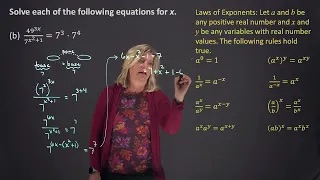
Solving an equation with exponential functions

Finding the difference quotient for a quadratic function

Evaluating a trigonometric limit using trigonometric identities

Factoring a quadratic

Factoring a polynomial

Factoring a quadratic

Dividing rational expressions and simplifying
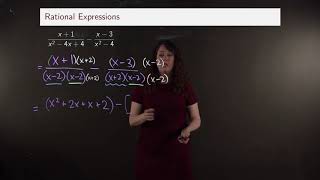
Subtracting rational expressions and simplifying

Performing operations with rational expressions and simplifying
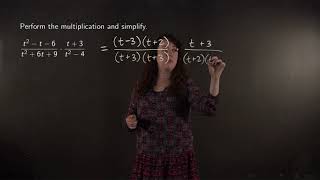
Performing operations with rational expressions and simplifying

Finding the x-intercepts of quadratic functions

Solving a nonlinear inequality

Solving a nonlinear inequality

Solving a nonlinear inequality

Verifying a trigonometric identity

Solving a trigonometric equation
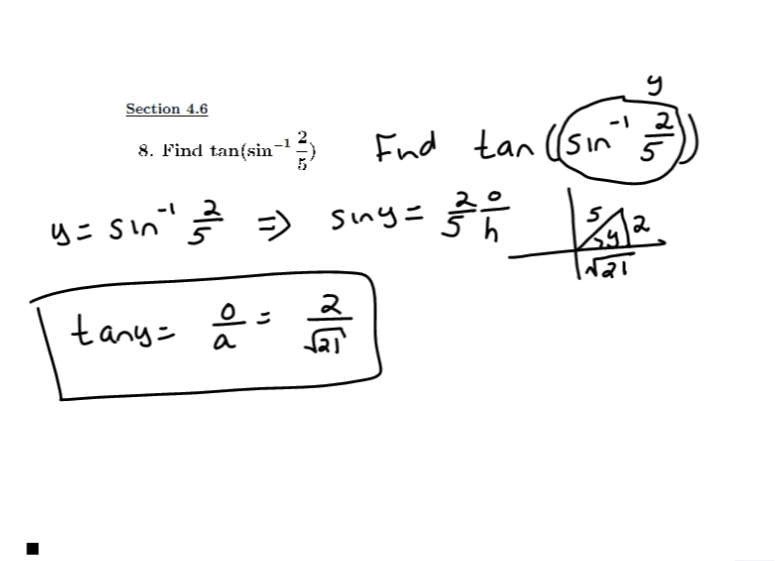
Review of limits and derivatives of inverse trigonometric functions
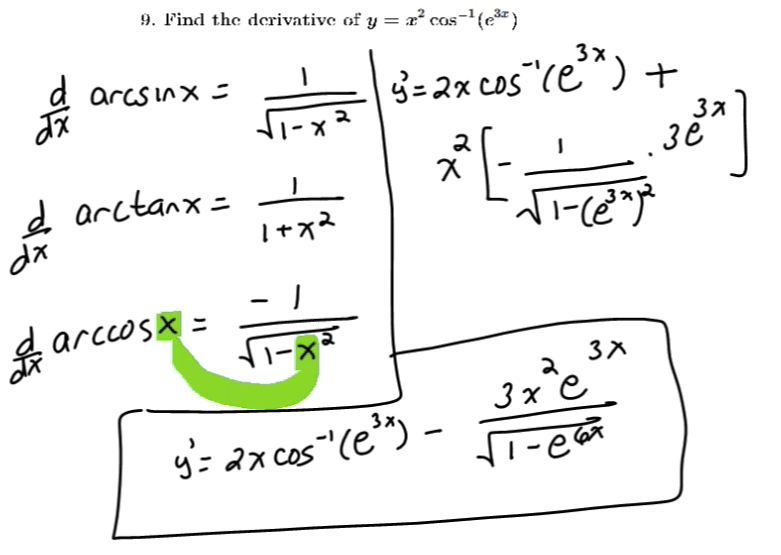
Review of limits and derivatives of inverse trigonometric functions

Review of trigonometric substitution

Using trigonometric identities to integrate powers of secant and tangent

Review of limits and derivatives of inverse trigonometric functions

Review of limits and derivatives of inverse trigonometric functions
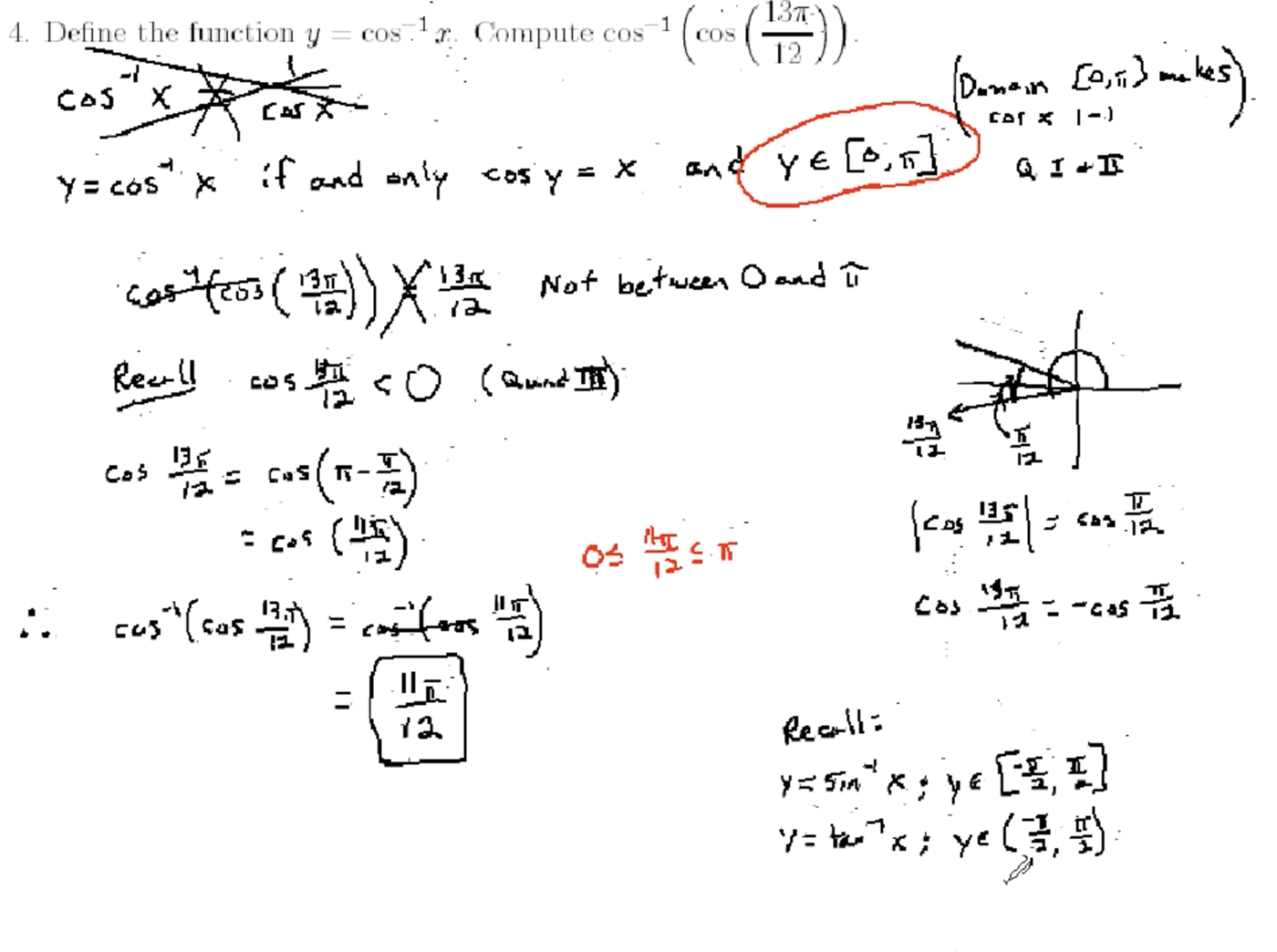
Properties of inverse trig functions and the derivative of arctangent

Proving the derivatives of trigonometric functions and that sine is continuous

Properties of inverse trig functions and the derivative of arctangent

Review of trigonometric substitution

Using trigonometric identities to integrate powers of secant and tangent

Integrating using a trigonometric substitution
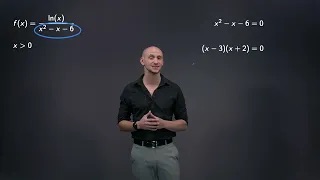
Finding the domain of a function with a natural logarithm and denominator
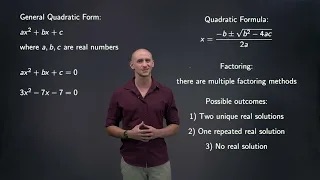
Explaining the standard form for a quadratic equation and the possible number of solutions

Solving quadratic equations with the difference of two squares formula
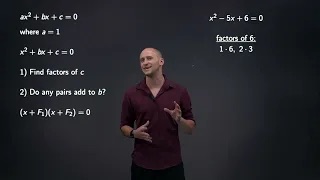
Solving quadratic equations by factoring

Solving a quadratic equation by factoring

Solving a quadratic equation by factoring
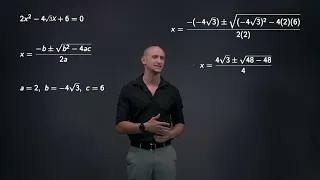
Solving quadratic equations with the quadratic formula and discussing the number of possible solutions

Explaining the trigonometric ratios of right triangles for sine, cosine, and tangent

Finding the six trigonometric ratios for a right triangle

Using trig to find the length of the side of a right triangle given an angle and side length

Using trig to find an angle in a right triangle with two given sides

Explaining the special right triangles and the relationships between their sides

Finding the exact values of cosine and cotangent for given angles using the unit circle

Finding the exact values of sine and secant for several given angles using the unit circle

Finding the angles where sine has a given value using the unit circle

Finding the angle where secant has a given value and tangent is positive

Finding the values of trig functions with the unit circle

Finding the exact value of tangent for several given angles using the unit circle

Using the unit circle to sketch the graph of the sine function

Using the unit circle to sketch the graph of the cosine function

Using the unit circle to sketch the graph of the tangent function

Graphing a period of a transformed sine function

Graphing a period of a transformed cosine function

Writing the sine and cosine functions for a given graph

Using the reciprocal and ratio trig identities to simplify an expression

Using the Pythagorean Identities to simplify a trig expression

Using the Pythagorean Trig Identity to derive the secondary Pythagorean Identities

Using the sum identities of sine and cosine to derive the double angle identities

Using the difference identities of sine and cosine to derive the cofunction identities

Using the double angle identities for cosein to derive the half-angle identities for sine and cosine

Using the Sum and Difference Identities to find the exact value of cosine

Using the Sum Identity for Trig to find the exact value of sine

Using a Double Angle Identity to find the exact value of an expression with sine and cosine

Using the Half-Angle Identities to find the exact values of sine, cosine, and tangent

Using the Reciprocal, Ratio, and Pythagorean Identities to verify a trig identity

Proving a trigonometric identity involving secant, cotangent, and tangent

Proving a trig identity involving sine and cosine

Proving a trig identity involving sine, cosine, and cotangent

Using the Even/Odd and Cofunction Identities to solve an equation with sine

Solving a trig equation with cotangent and cosecant using trig identities

Solving a trig equation with sine and tangent using a trig identity

Solving a trig equation with sine and cosine using trig identities

Solving a trig equation with cosine using trig identities

Solving a trig equation with cotangent and sine using trig identities
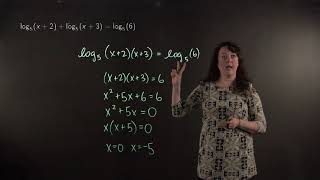
Solving an equation with logarithmic functions

Solving an equation with logarithmic functions

Solving an equation with logarithmic functions

Evaluating all six trigonometric functions for a right triangle

Finding trigonometric functions given information about the angle

Evaluating all six trigonometric functions for angles in degrees and radians

Factoring a sum of cubes and a difference of cubes

Factoring a quadratic polynomial

Factoring a quadratic function

Factoring a quadratic where the leading coefficient is 1

Factoring quadratics where the leading coefficient is not 1

Solving an inequality with a quadratic by factoring and using a sign diagram

Finding the values of all six trigonometric functions of an angle given a right triangle

Evaluating the other five trigonometric functions for an acute angle given the value of sine

Evaluating the other five trigonometric functions given sine and that tangent is negative

Solving an quadratic-like equation with sine by factoring
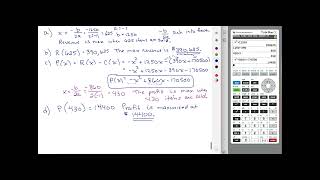
Finding the maximum revenue, maximum profit, and break even quantity for given revenue and cost functions
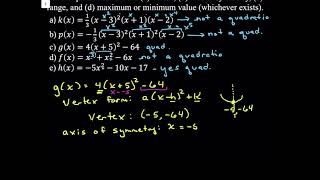
Identifying quadratic functions and their properties
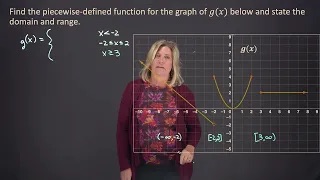
Finding the piecewise-defined function for a given graph along with its domain and range

Graphing a piecewise function
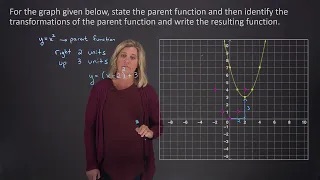
Identifying the parent function and transformations for a given graph
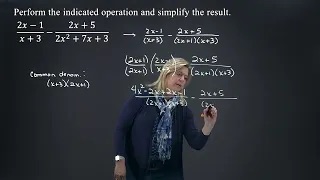
Subtracting rational functions and then simplifying the result

Multiplying two rational functions and simplifying the result
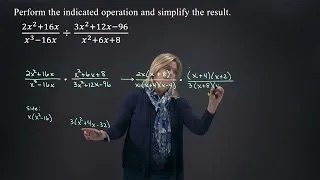
Dividing rational functions and simplifying the result
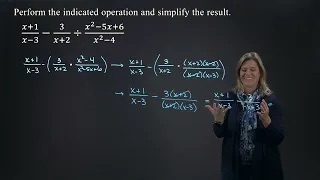
Dividing and subtraction rational functions and simplifying the result

Solving a limit example with a trigonometric functions

Solving a limit example with a trigonometric function

Factoring an algebraic expression
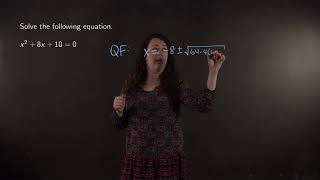
Solving a quadratic equation using the quadratic formula

Solving an equation using the quadratic formula
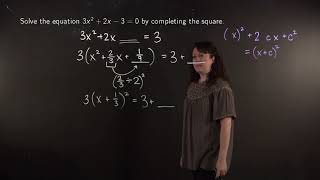
Solving a quadratic equation by completing the square

Solving a polynomial equation using factoring by grouping
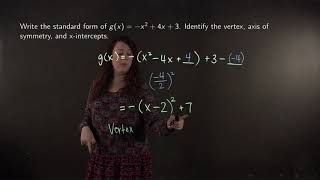
Putting a quadratic function in standard form and determining its properties
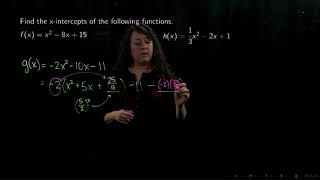
Putting a quadratic function in standard form and determining its properties
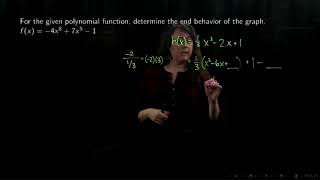
Putting a quadratic function in standard form and determining its properties
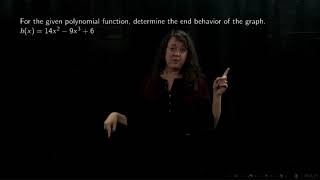
Finding the end behavior of a polynomial
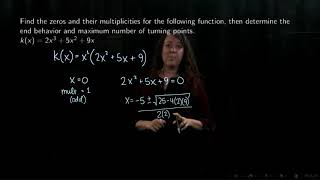
Finding properties of a polynomial including zeros and end behavior
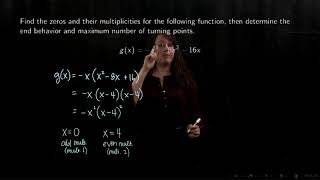
Finding properties of a polynomial including zeros and end behavior
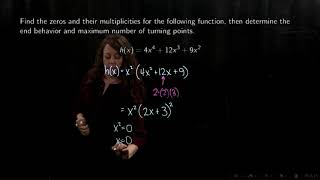
Finding properties of a polynomial including zeros and end behavior
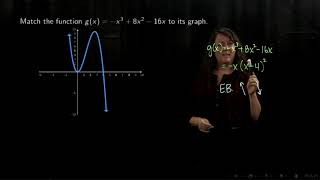
Using properties of a polynomial to find its graph

Solving a nonlinear inequality

Solving an equation with exponential functions by factoring

Determining the properties of a sine function and graphing it

Writing the equation for a sine function with certain characteristics

Determining the properties of a cosine function and graphing it

Writing the equation for a cossine function with certain characteristics

Writing the equation for a sine function to match a given graph

Writing the equation for a cosine function to match a given graph

Evaluating compositions with inverse trigonometric functions

Evaluating compositions with inverse trigonometric functions

Writing an equivalent algebraic expression for compositions with inverse trigonometric functions containing variables

Using inverse trigonometry to write an expression for an angle in a right triangle

Evaluating a composition of trigonometric and inverse trigonometric functions

Verifying a trigonometric identity

Solving a trigonometric equation

Solving a trigonometric equation

Solving a trigonometric equation

Solving a trigonometric equation

Using a double angle formula to solve a trigonometric equation

Using a double angle formula to solve a trigonometric equation

Using a double angle formula to solve a trigonometric equation

Using double angle formulas to evaluate trigonometric functions

Using a difference formula to evaluate a trigonometric function

Using a sum formula to evaluate a trigonometric expression

Using a sum formula to evaluate a trigonometric expression

Using a sum formula to rewrite a trigonometric expression

Using the Law of Sines to solve a triangle

Using the Law of Sines to solve a triangle

Using the Law of Cosines to solve a triangle

Using the Law of Sines to solve a triangle

Finding the properties of a transformed tangent function and graphing it
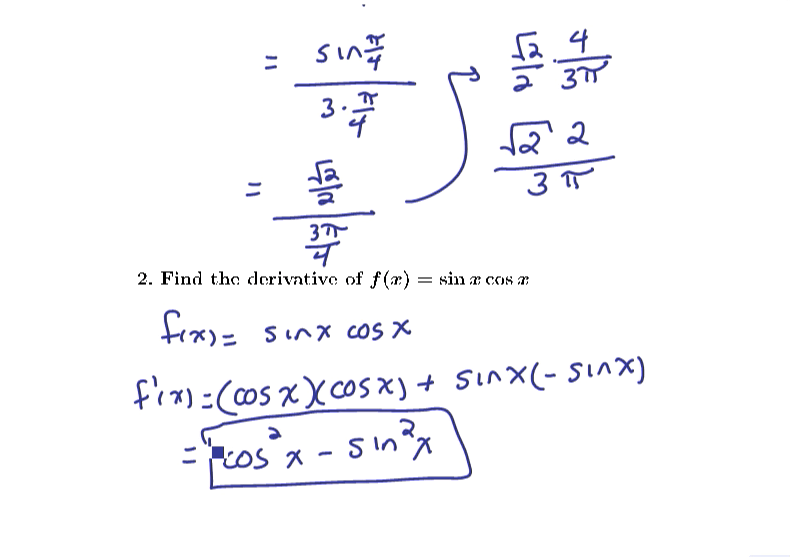
Reviewing the chain rule and the derivatives and limits of trigonometric functions
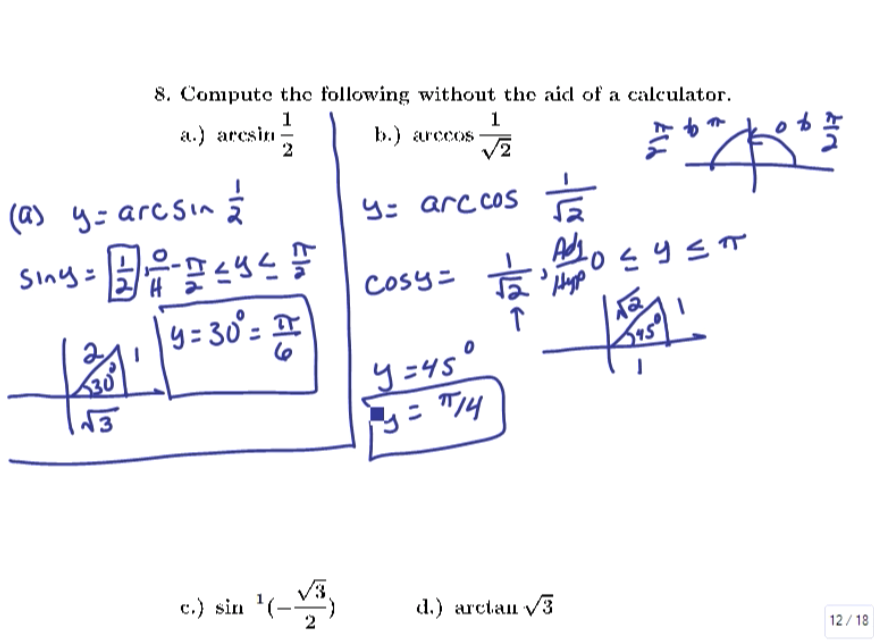
Properties and derivatives of inverse trigonometric functions
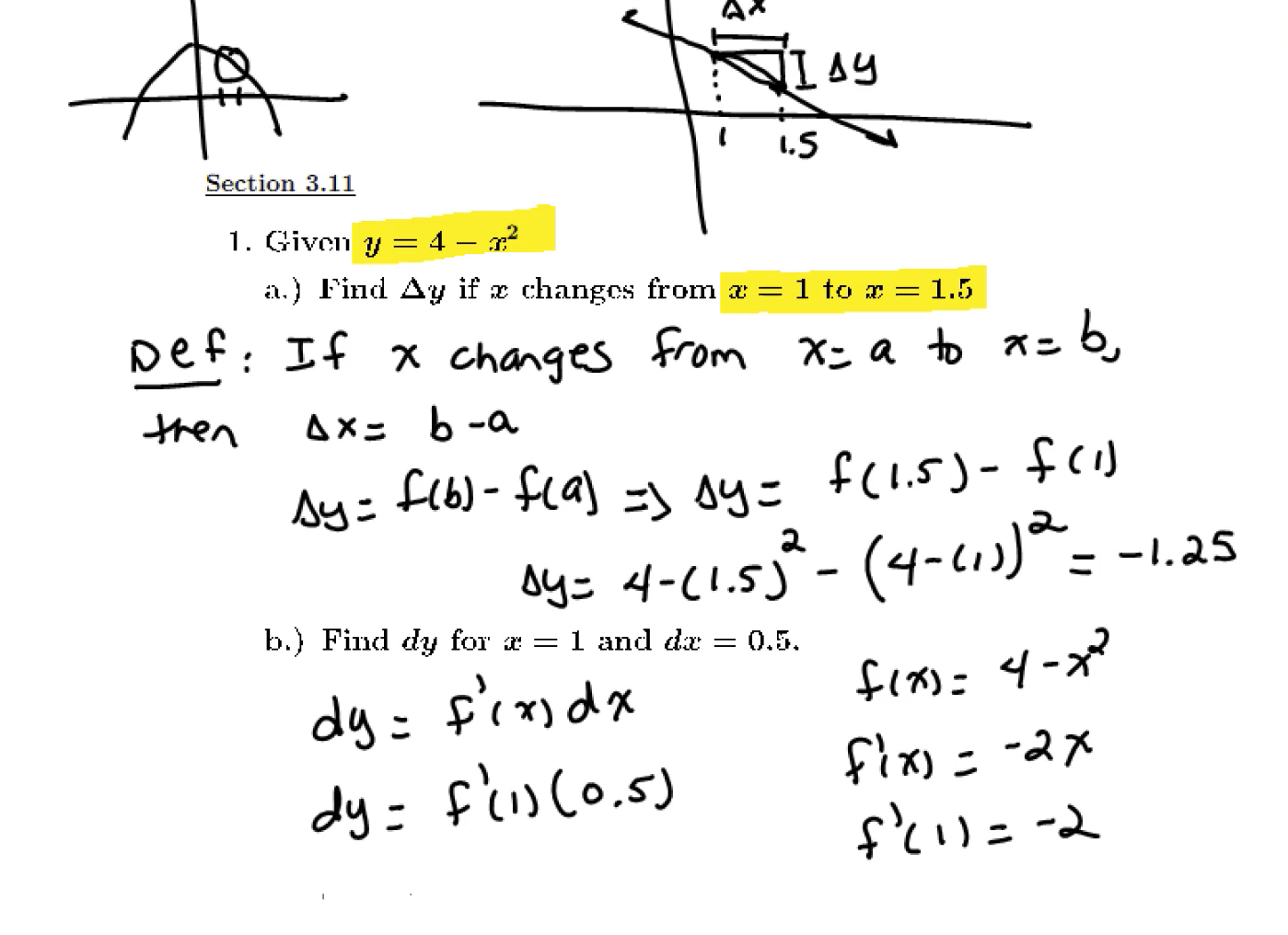
Differentials, linear approximations and quadratic approximations

Derivatives of trigonometric functions and using the Chain Rule

Derivatives of trigonometric functions and using the Chain Rule

Properties and derivatives of inverse trigonometric functions

Evaluating a composition of trigonometric and inverse trigonometric functions

Simplifying expressions containing trigonometric and inverse trigonometric functions

Finding a Cartesian equation for a parametric curve

Using vectors to find the magnitude and direction of a resultant force

Evaluating compositions of trigonometric and inverse trigonometric functions

Using the Chain Rule to differentiate functions with exponential and trigonometric functions

Using the Chain Rule to differentiate a function containing trigonometric functions

Using the Product, Quotient and Chain Rules to find several derivatives

Finding the derivative of an implicit function

Finding the derivative of an implicit function

Finding the antiderivative of a function with secant and tangent

Converting parametric equations into a Cartesian equation

Calculating a composition of tangent and arcsine

Review of work and average value

Integrating a function with sine using u-substitution

Evaluating an integral using trigonometric identities

Evaluating an integral using trigonometric identities

Converting parametric equations into a Cartesian equation and graphing

Converting parametric equations into a Cartesian equation and graphing
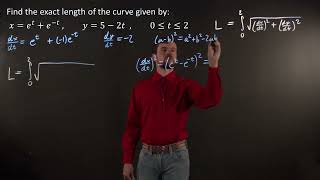
Finding the length of a curve given by parametric equations

Using a trigonometric identity to integrate powers of secant and tangent

Using a trigonometric identity to integrate powers of secant and tangent

Using trigonometric identities to integrate powers of sine and cosine
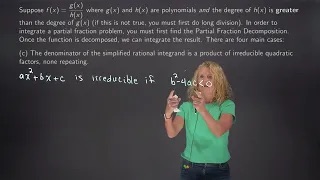
Explaining all four cases of partial fraction decomposition

Explaining the cases for using trigonometric substitution
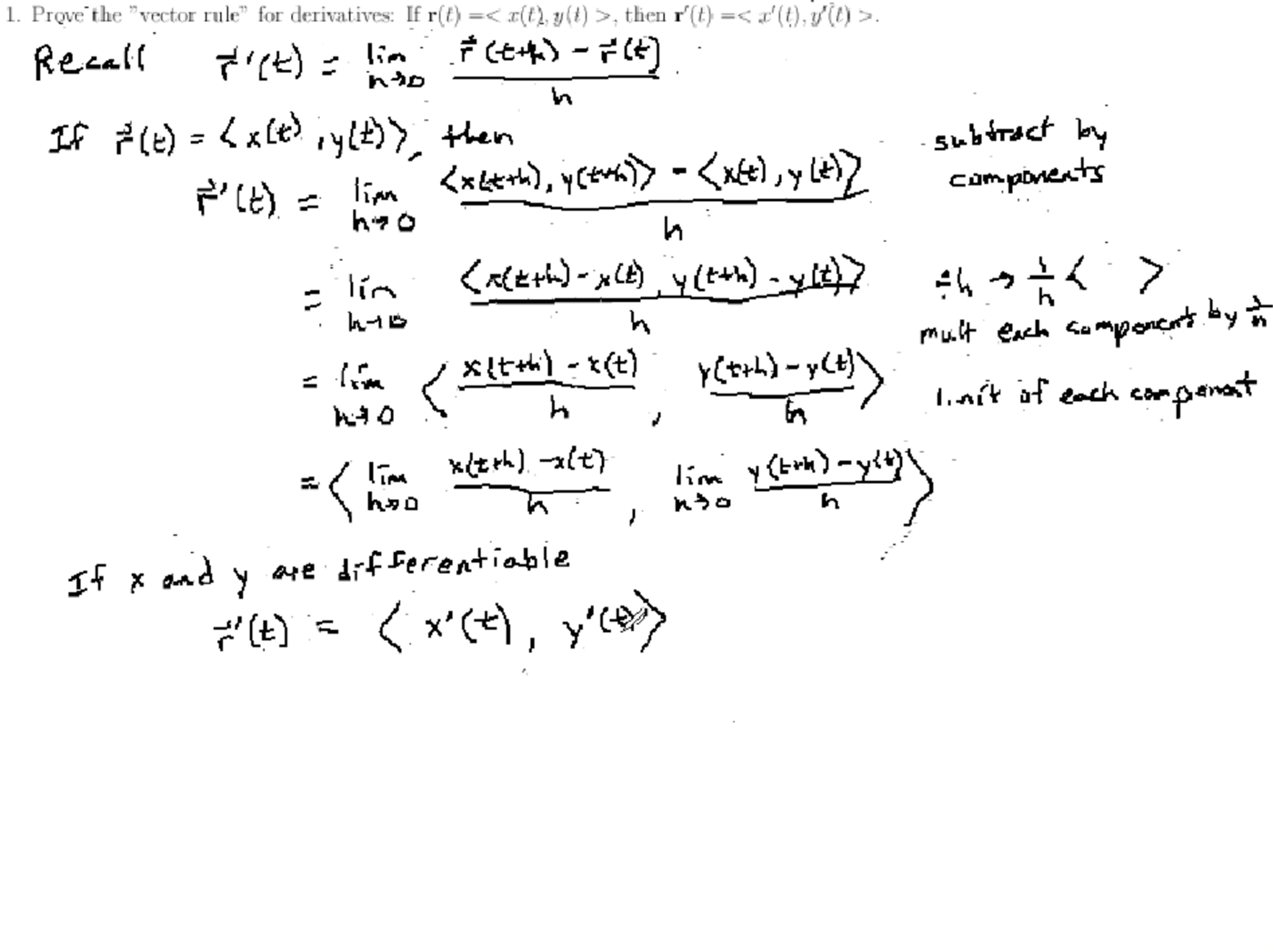
Proving facts about the derivatives of vector functions including the product rule

Reviewing the chain rule and the derivatives and limits of trigonometric functions

Properties and derivatives of inverse trigonometric functions
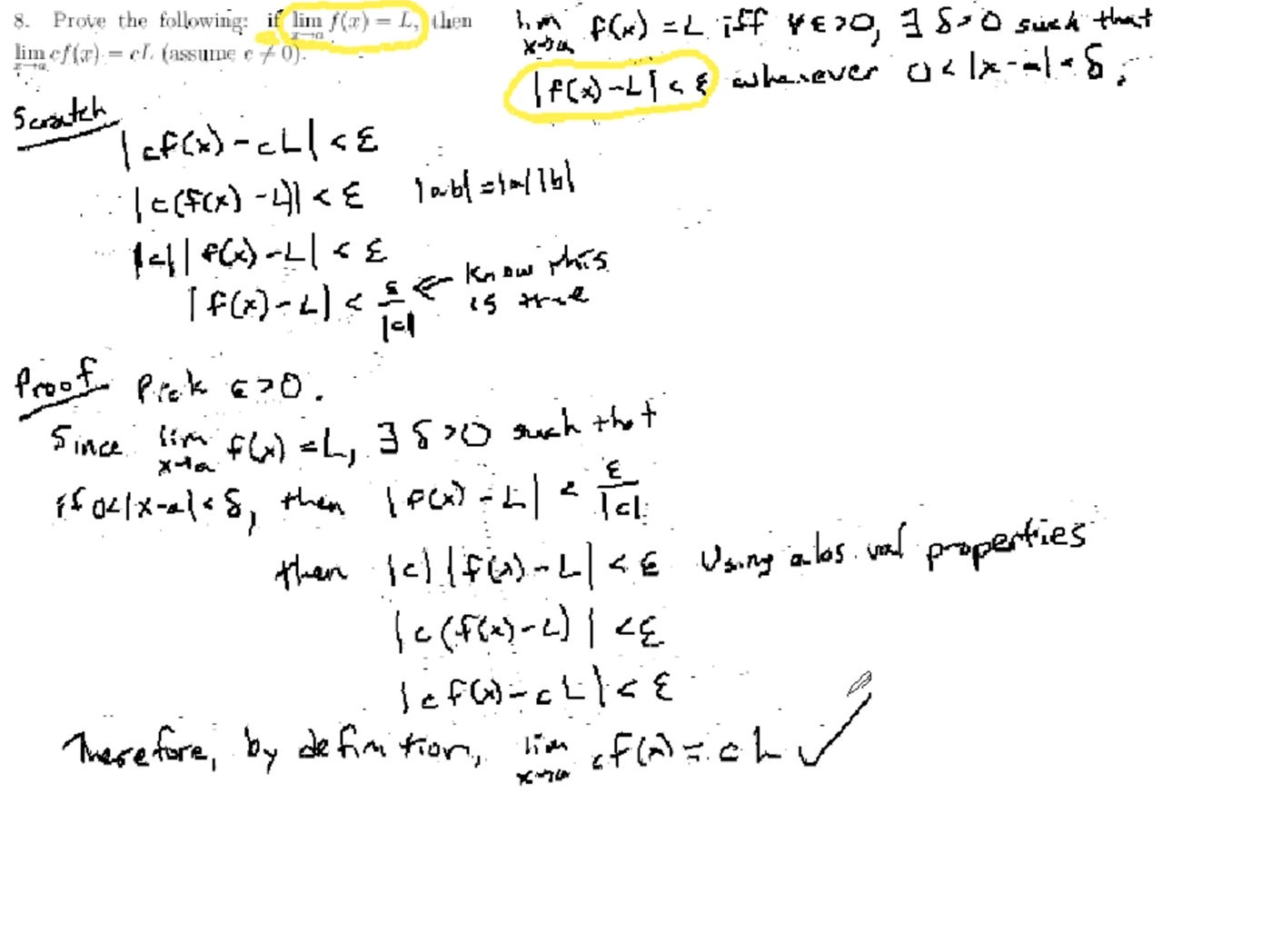
Proving a property of scalar multiplication for limits using the epsilon-delta definition and using the Squeeze Theorem for Limits.

Differentials, linear approximations, and quadratic approximations

Derivatives of trigonometric functions and using the Chain Rule
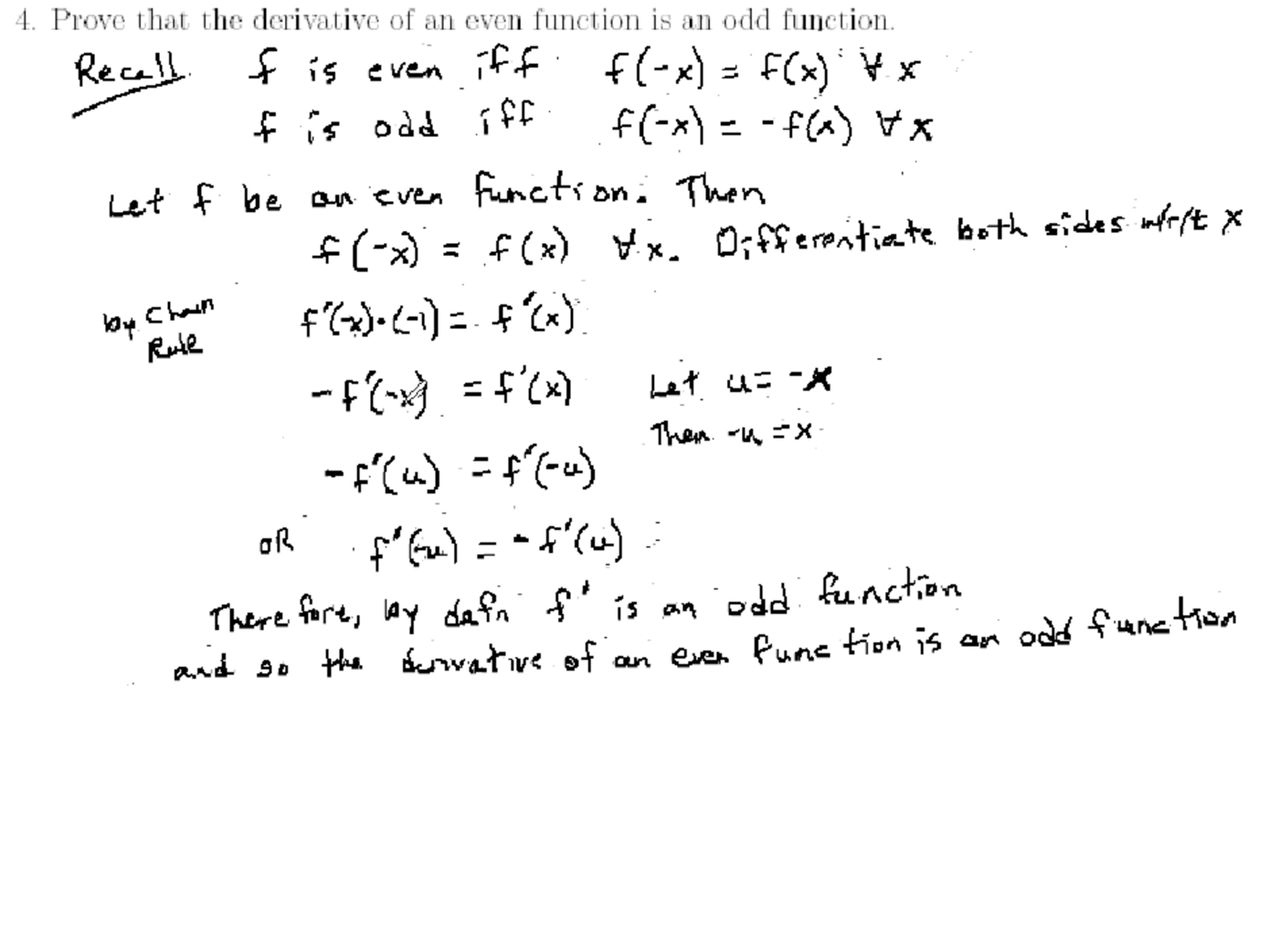
Using the Chain Rule to prove facts about derivatives

Derivatives of trigonometric functions and using the Chain Rule

Properties and derivatives of inverse trigonometric functions
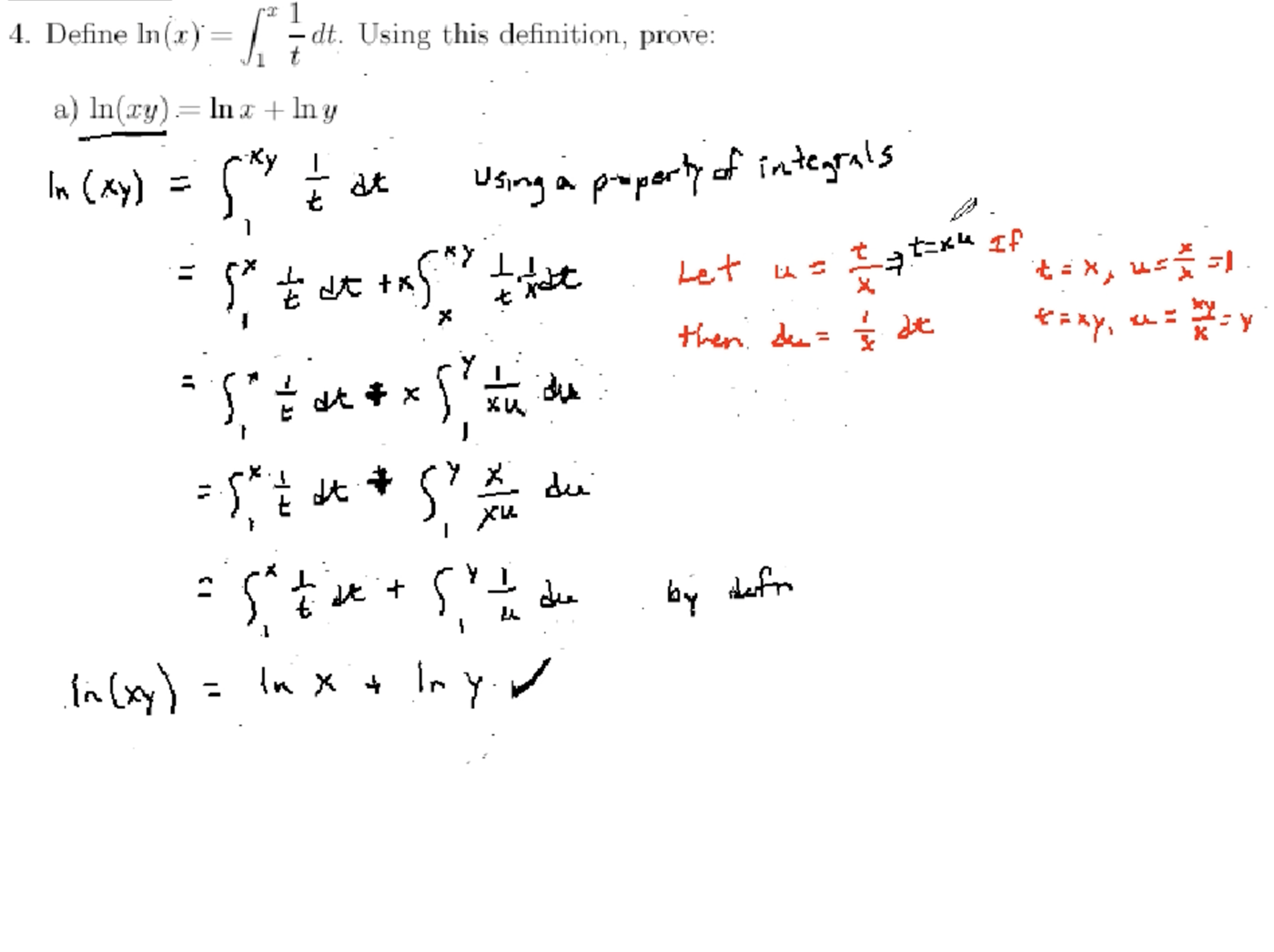
Using u substitution to evaluate integrals and prove facts about logarithms and integrals and

Proving the Fundamental Theorem of Calculus and examples of u Substitution

Review of work and average value

Interpreting integrals to represent areas between curves
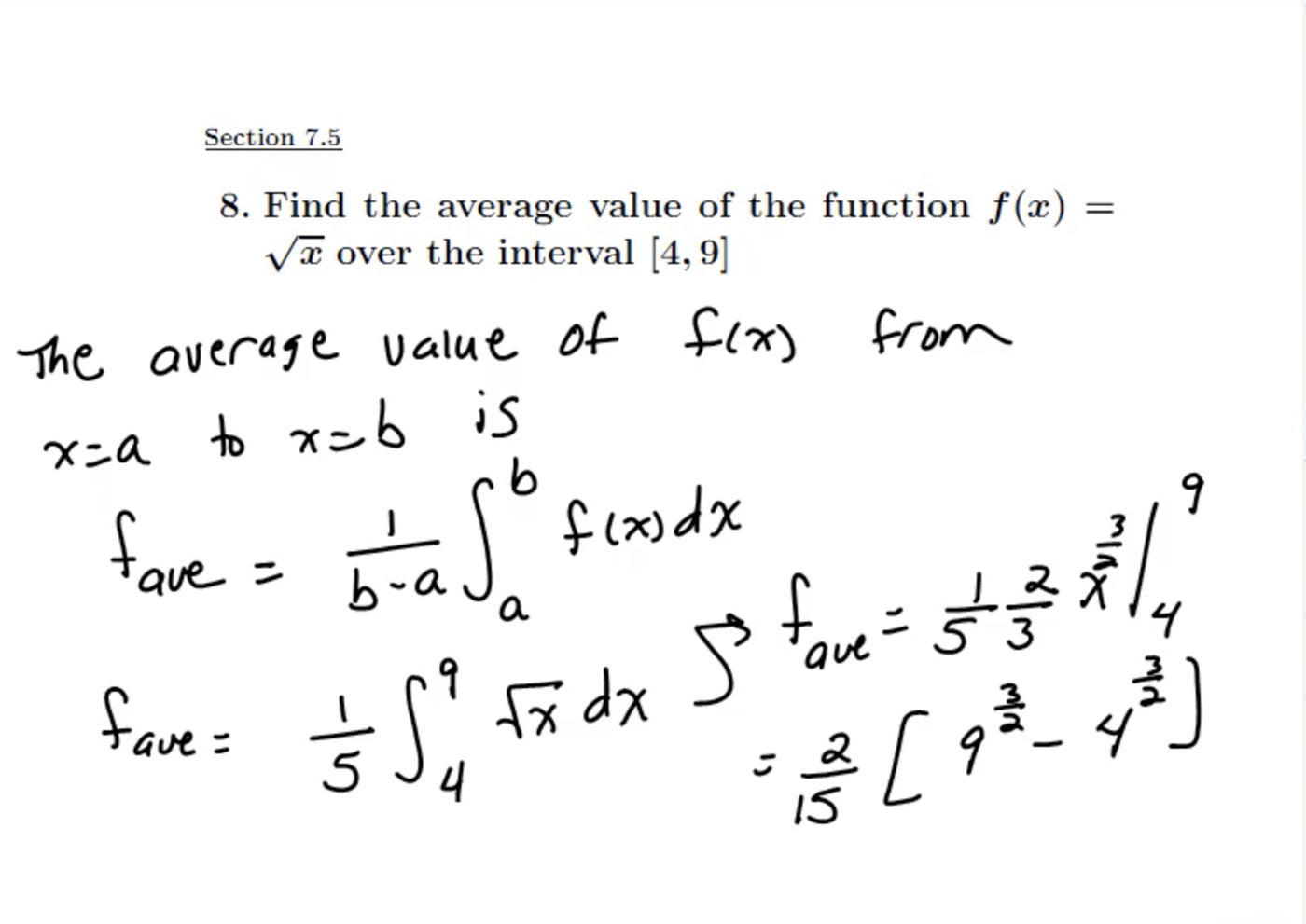
Using integrals to solve work problems and find the average value

Proving the formula for integration by parts and a reduction formula

Proving trigonometric identities useful for integration

Using trigonometric identities to integrate powers of sine and cosine

Explaining the cases for using trigonometric substitution
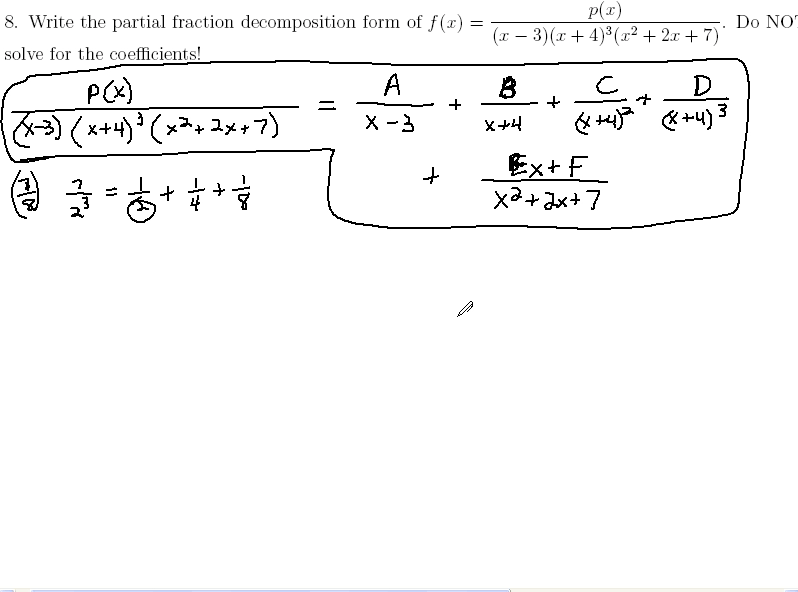
Finding a partial fraction decomposition and integrating using partial fractions

Explaining all four cases of partial fraction decomposition

Finding the limit of a three-dimensional vector function

Finding the partial derivatives of a function of three variables

Evaluating a double integral over a rectangle

Creating symbolic expression in Python and then factoring, expanding, and simplifying the expressions
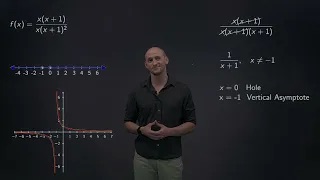
Finding the domain of a rational function using factoring

Explaining when a quadratic equation does not have a real solution
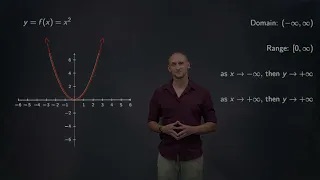
Explaining the graph and properties for the parent function of quadratics
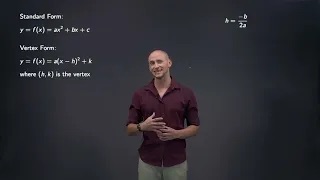
Discussing properties of quadratic functions including the vertex, domain, range, and end behavior

How to simplify rational expressions
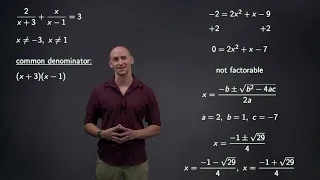
Solving an equation that contains rational expressions
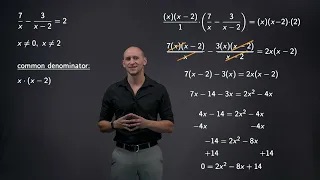
Solving an equation that contains rational expressions

Explaining all four cases of partial fraction decomposition

Using a rotation map matrix to rotate a 2-dimensional vector by the angle \(\pi\)

Explaining the Pythagorean Theorem and using it to find a missing side in a right triangle

Special Right Triangles Exercise 1

Special Right Triangles Exercise 2

Discussing the degree and radian measure of special angles on the unit circle

The coordinates for the quadrantal angles on the unit circle

Finding the coordinates on the unit circle for the common angles in the first quadrant

Finding the coordinates on the unit circle for all the common angles

Defining radians for angle measure using the corresponding arc length on a unit circle

Converting an angle measured in degrees to radians

Converting angles measured in radians to degrees

How to find reference angles for angles in standard position

Defining coterminal angles and how to determine if angles are coterminal

Drawing an angle in standard position

Finding a negative and positive coterminal angle for a given angle

Drawing an angle in standard position and finding its reference angle

Drawing an angle in standard position and finding its reference angle

Finding a coterminal angle along with its reference angle and graphing it

Finding a coterminal angle along with its reference angle and graphing it

Finding the values of \(\theta\) that makes a matrix with trig functions invertible

Determining whether trigonometric functions are linearly independent

Finding the dimension of the subspace spanned by a set of functions

Finding the coordinate vector of a quadratic given a basis for the vector space

Solving a rational equation and checking the solutions

Finding the properties of a quadratic function such as the vertex, axis of symmetry, intercepts, etc.

Using trigonometry to determine the edge lengths of a right triangle

Evaluating trigonometric functions given a point on the terminal side of an angle

Evaluating trigonometric functions given a point on the terminal side of an angle

Evaluating all six trigonometric functions for a right triangle

Using trigonometry to determine the height of a tree

Factoring several polynomials by grouping

Factoring a difference of two squares

Factoring a cubic polynomial by grouping

Finding the greatest common factor of a polynomial and then factoring it out

Simplifying a rational expression

Adding and then simplifying two rational expressions

Multiplying two rational expressions and then simplifying

Dividing rational expressions and then simplifying the answer

Adding two rational expressions and then simplifying the answer

Finding any holes, vertical asymptotes, and horizontal asymptotes of a rational function

Finding any holes, vertical asymptotes, and horizontal asymptotes of a rational function

Matching a rational function with its graph

Using the quadratic formula to find the roots of a function

Finding the roots of a cubic polynomial

Finding the roots of a square root function

Finding the domain of a function with a quadratic inside a square root

Finding the composition of a rational function and a quadratic

Finding and simplifying the difference quotient for a quadratic function

Solving an inequality with a polynomial by factoring and using a sign diagram

Solving an inequality with a rational expression by factoring and using a sign diagram

Solving an inequality with two rational expressions using a sign diagram

Solving an inequality with a rational expression using a sign diagram

Finding the absolute maximum or absolute minimum of a quadratic

Writing the standard form of quadratic function given its vertex and one other point

Solving an equation with exponential functions by factoring

Solving a equation with exponential functions by factoring

Evaluating a composition of tangent and arccosine

Finding the solutions to an equation with tangent in a given interval

Solving a trigonometric equation with sine and cosine on a given interval

Solving an equation with cosine on a given interval

Solving a trigonometric equation with sine on a given interval

Sketching one period of a transformed sine graph

Finding the amplitude, period, phase shift, and vertical shift for a given sine function

Writing a cosine function for a given graph